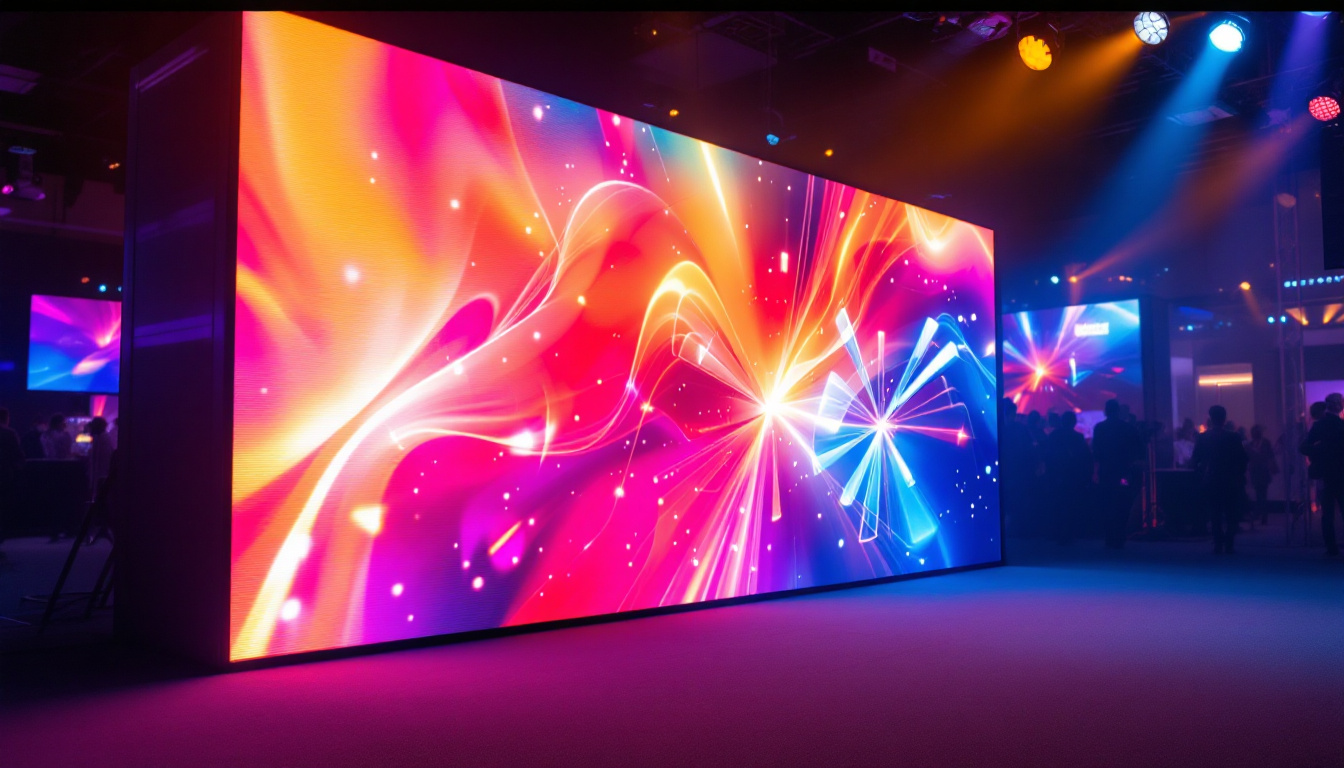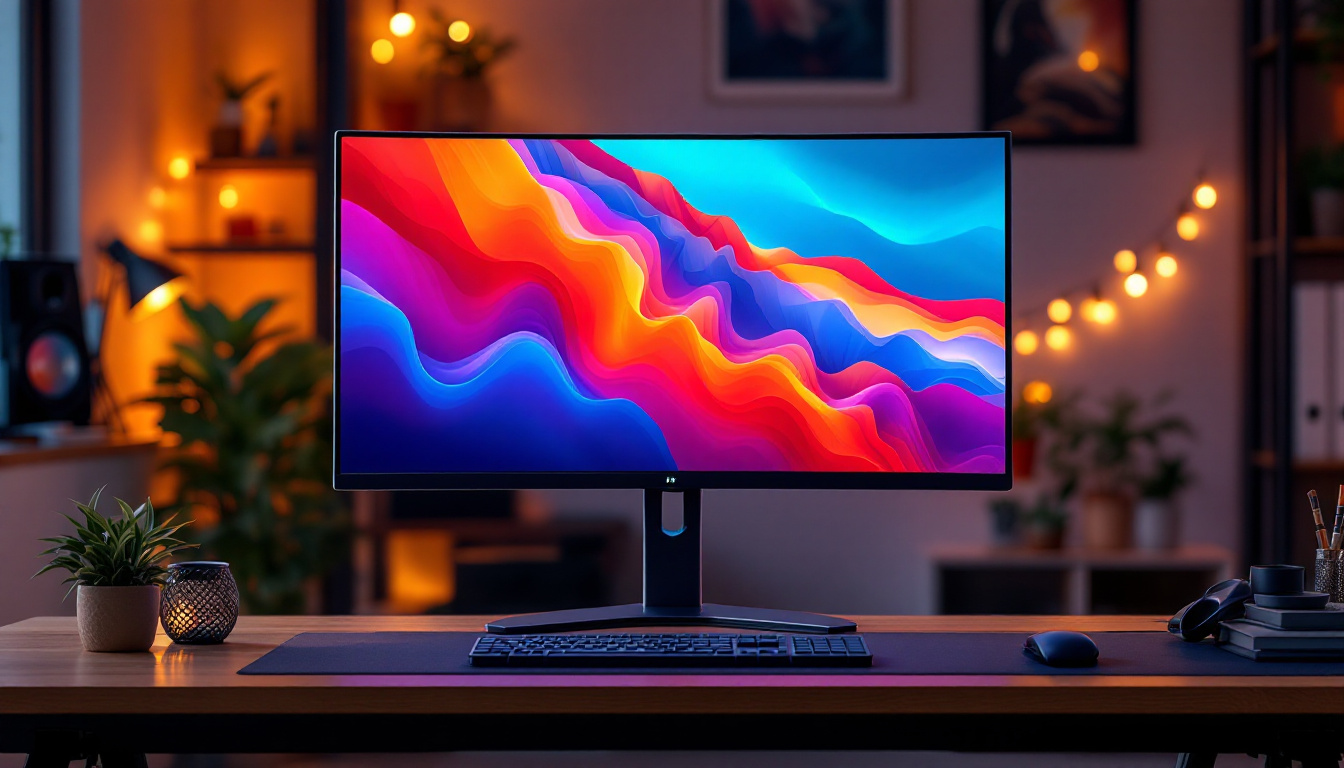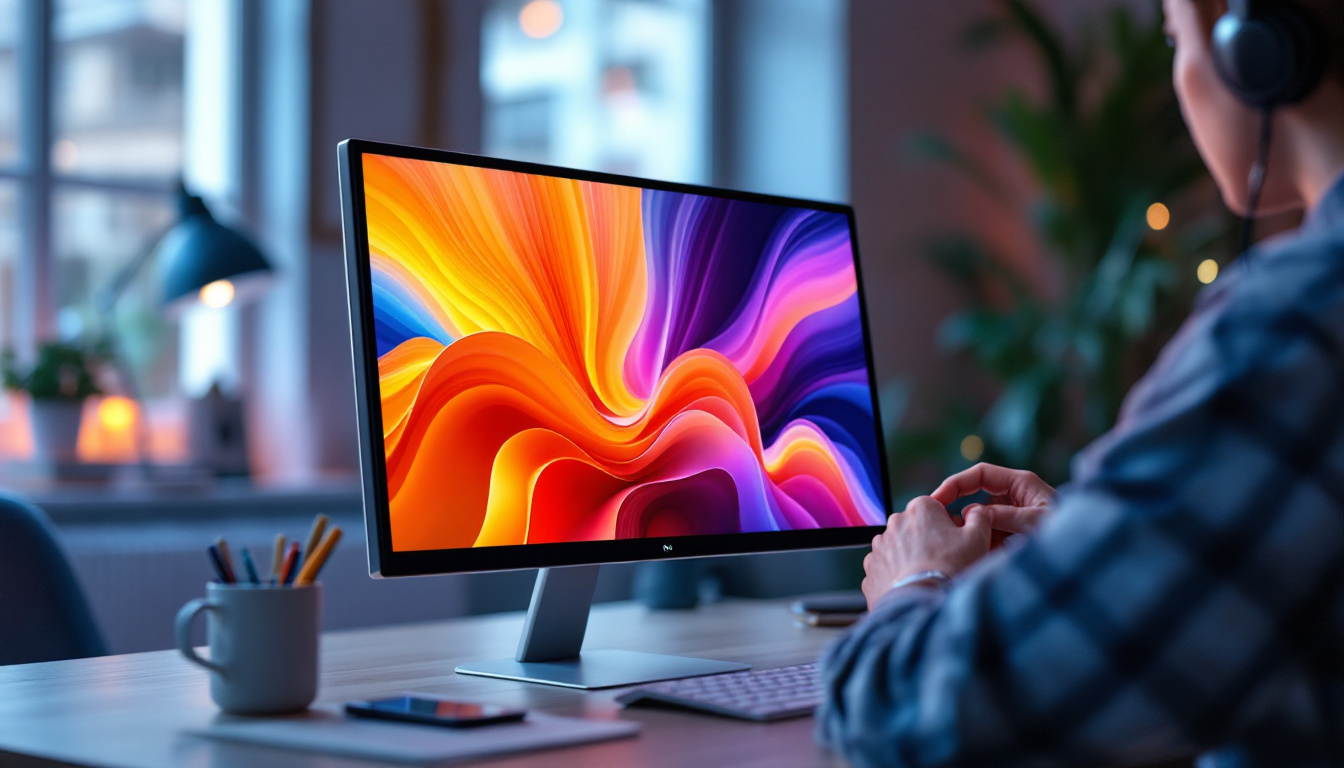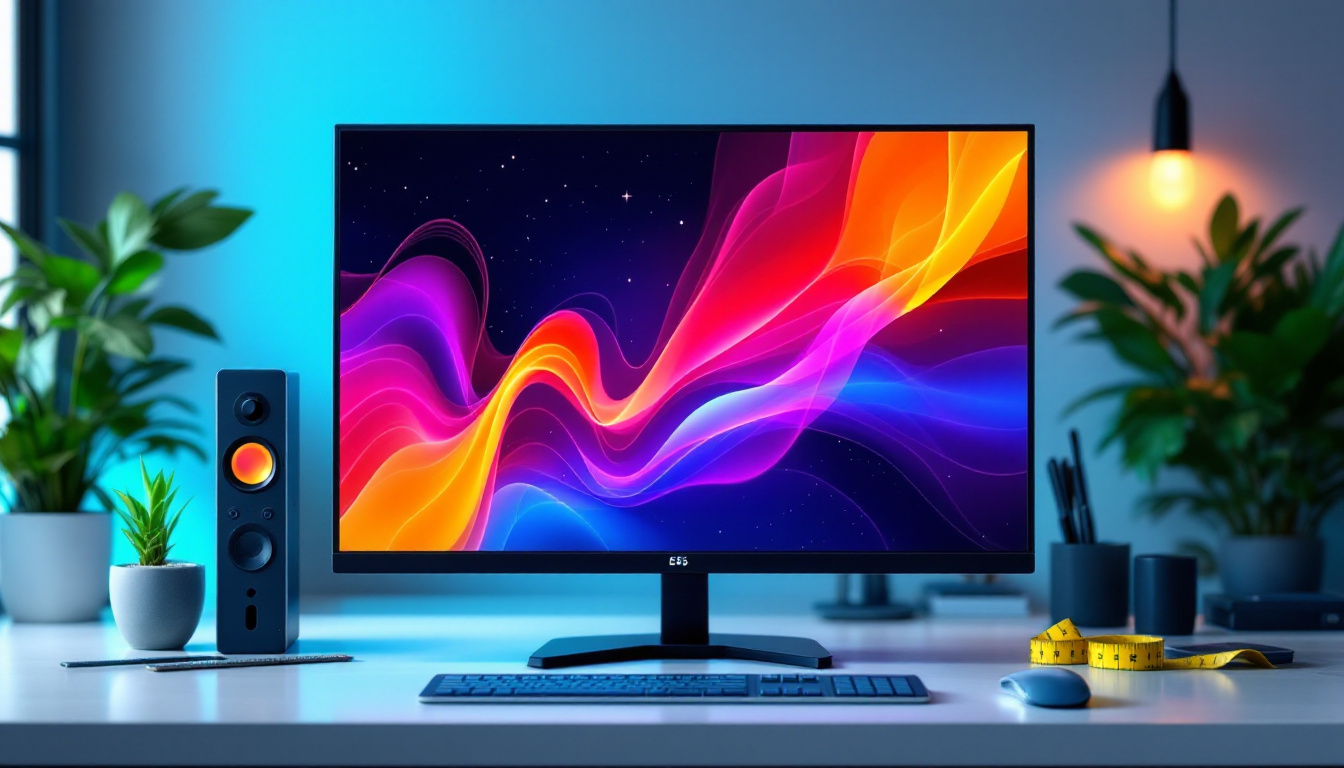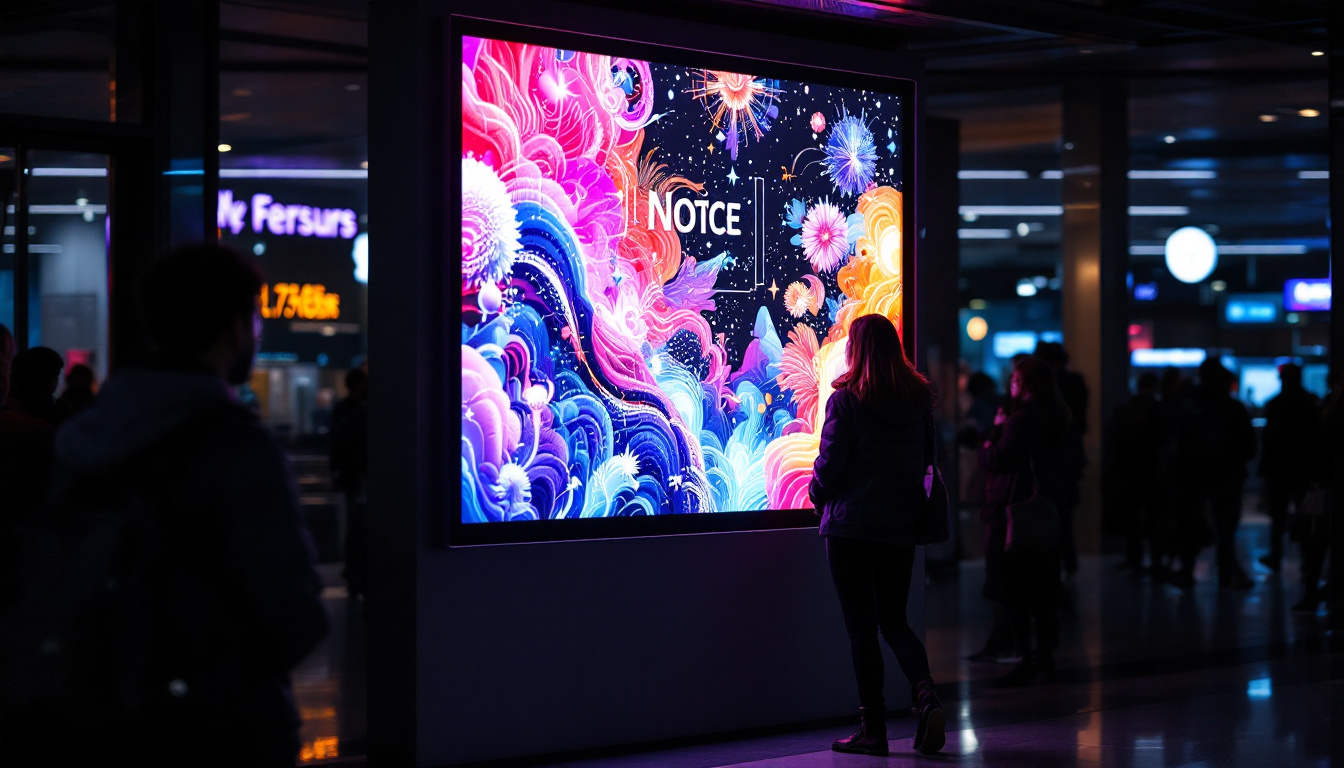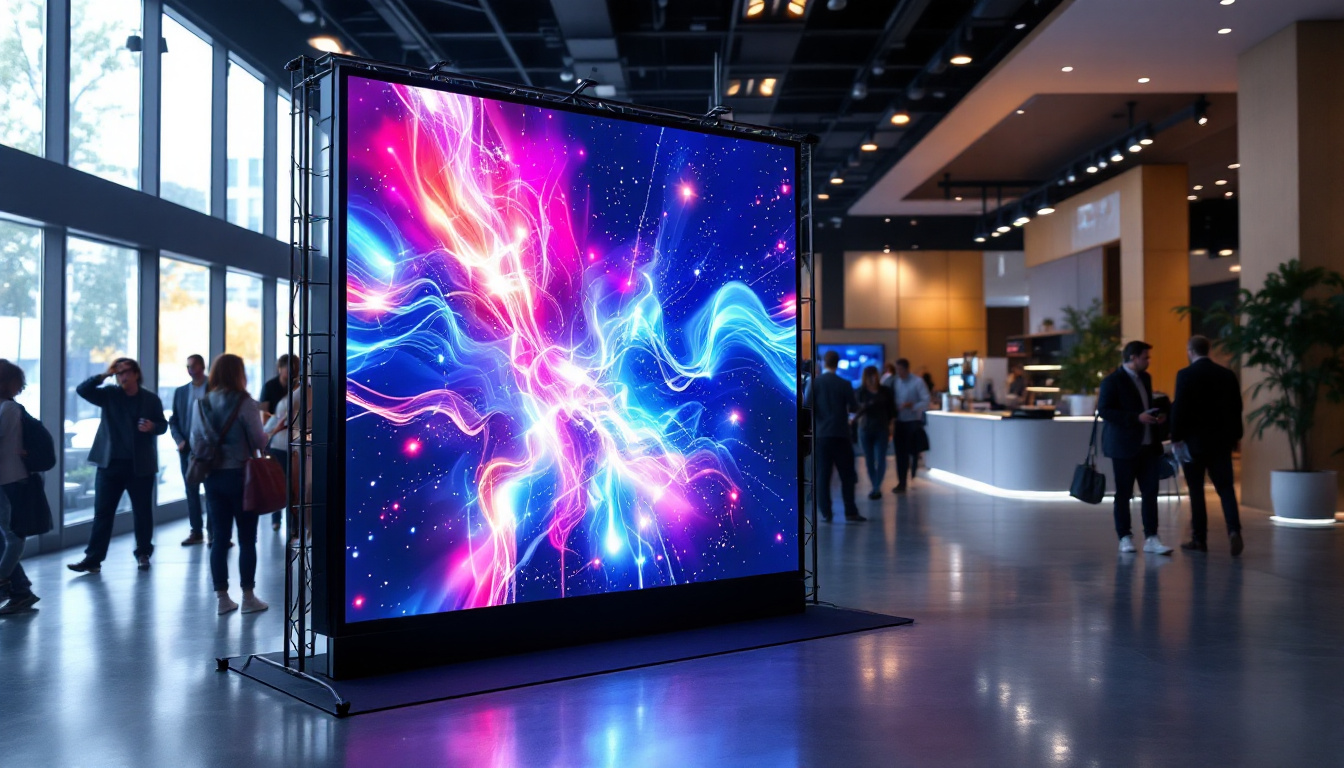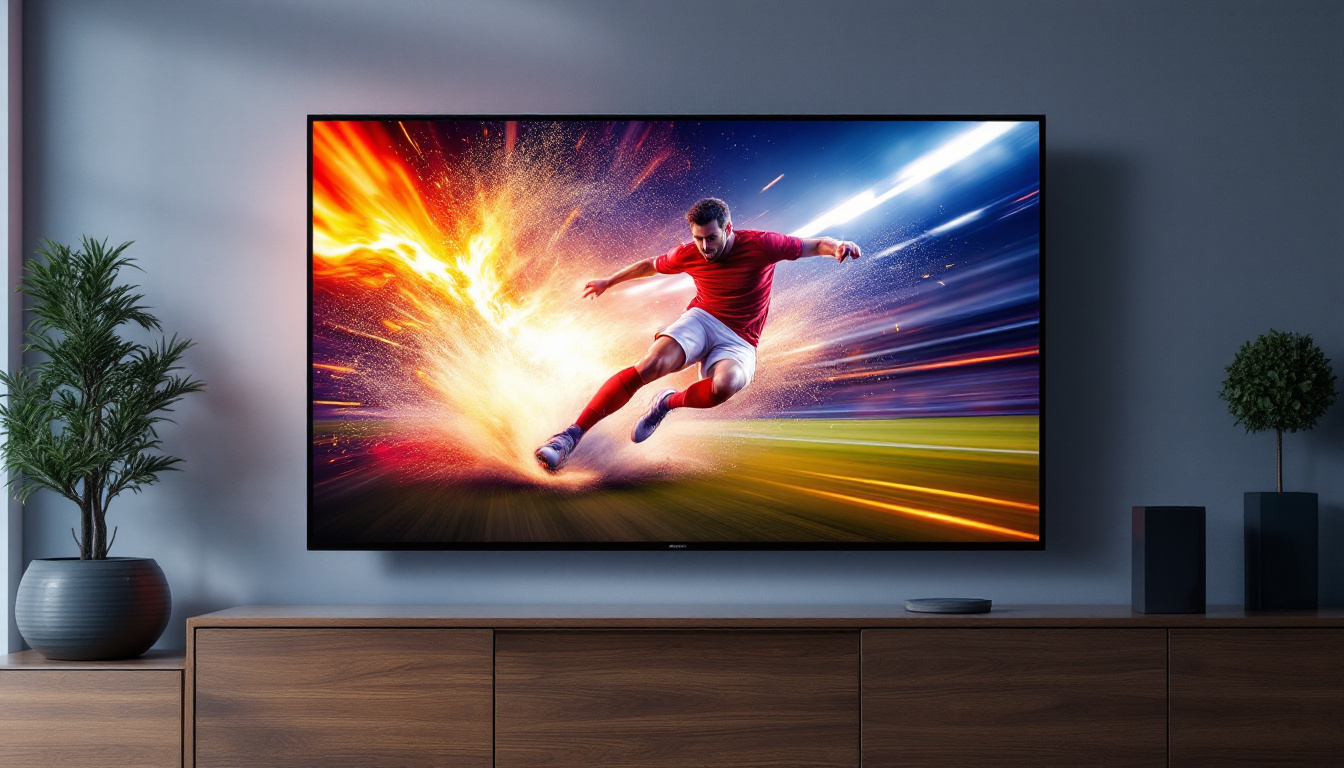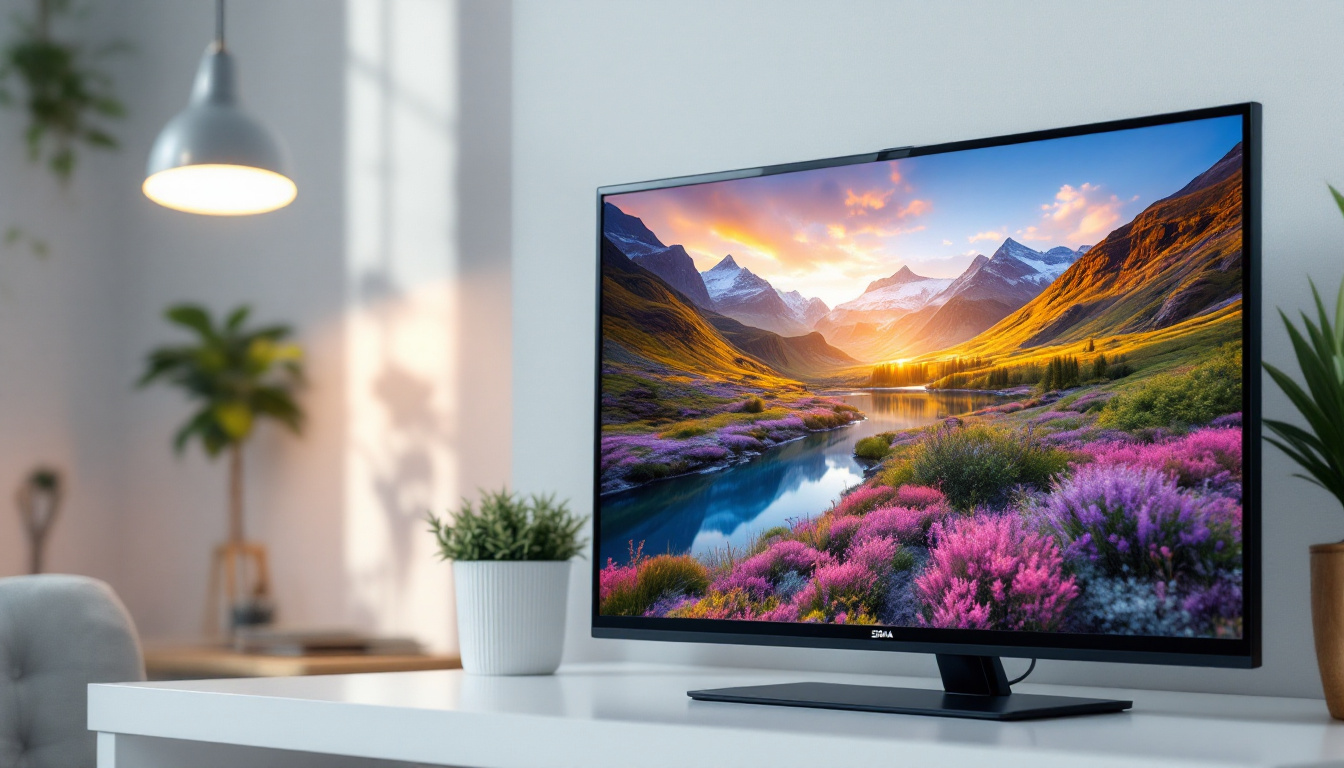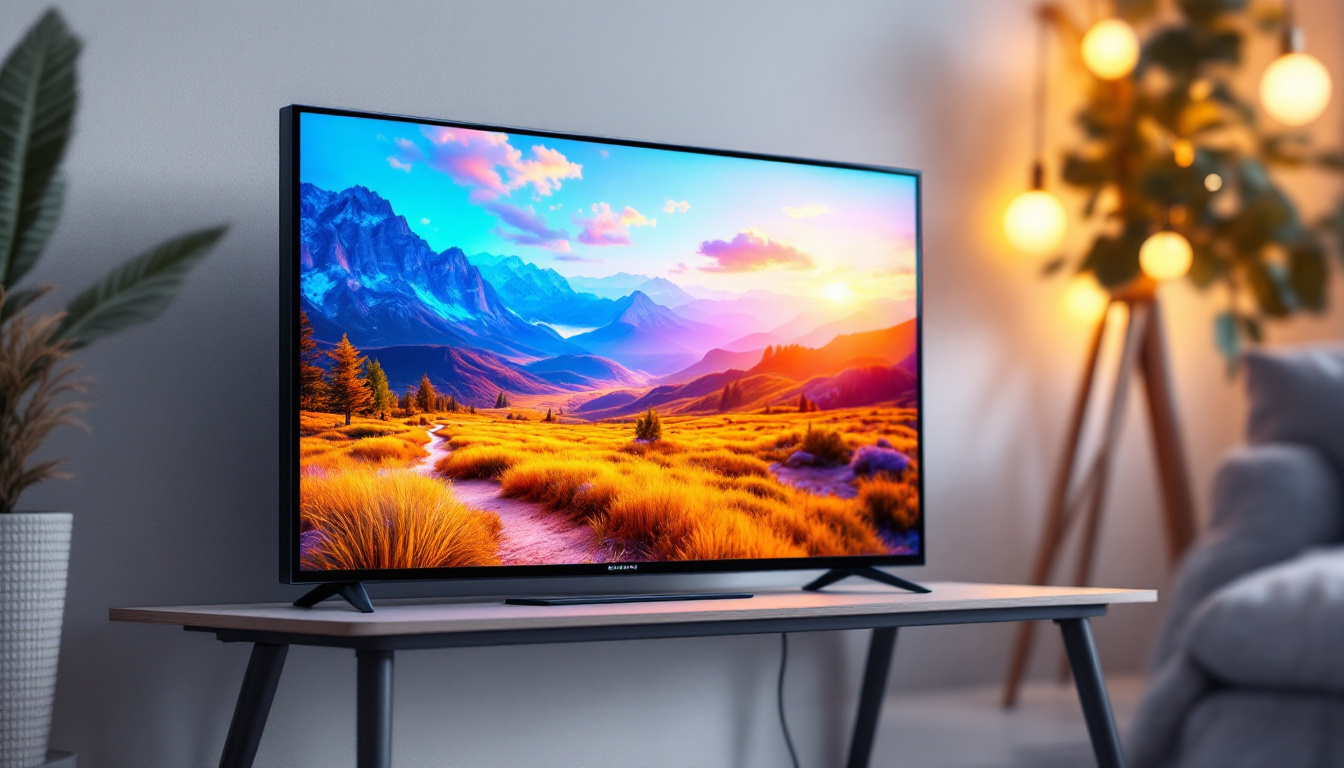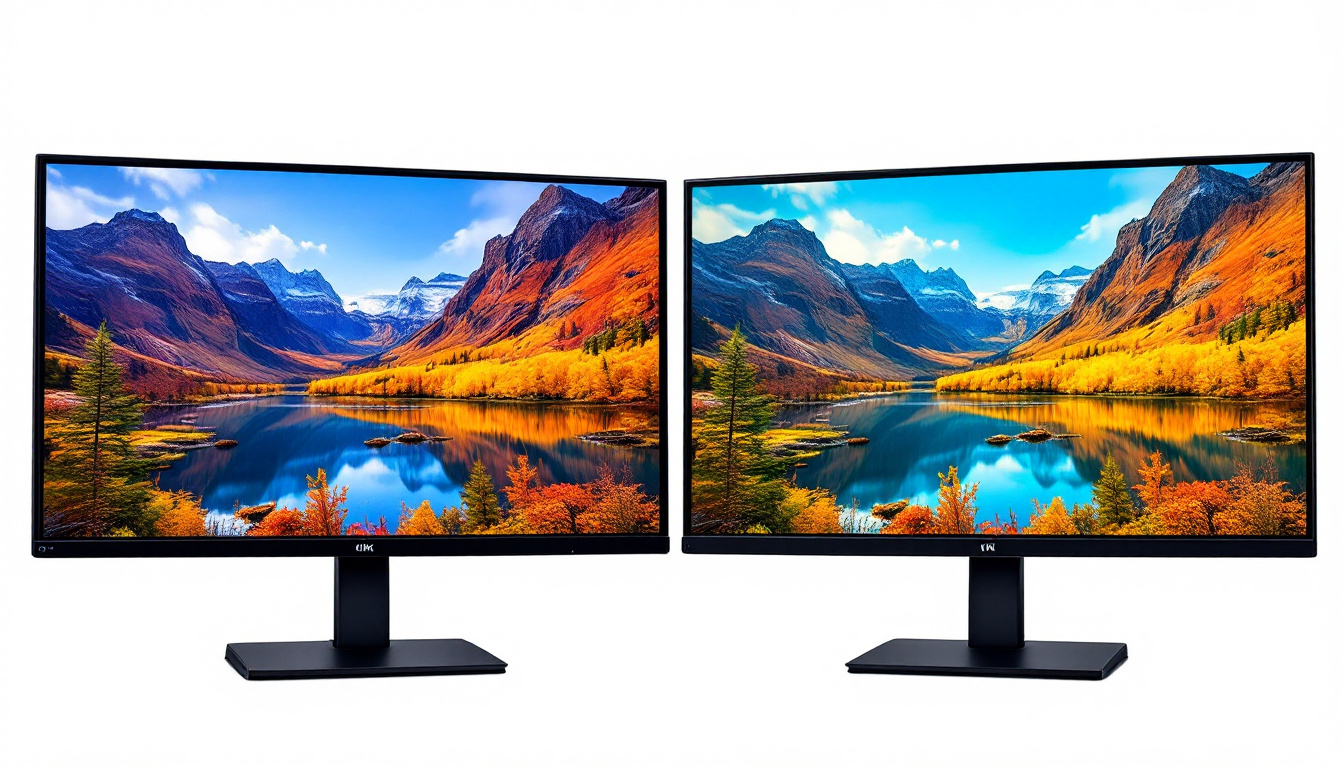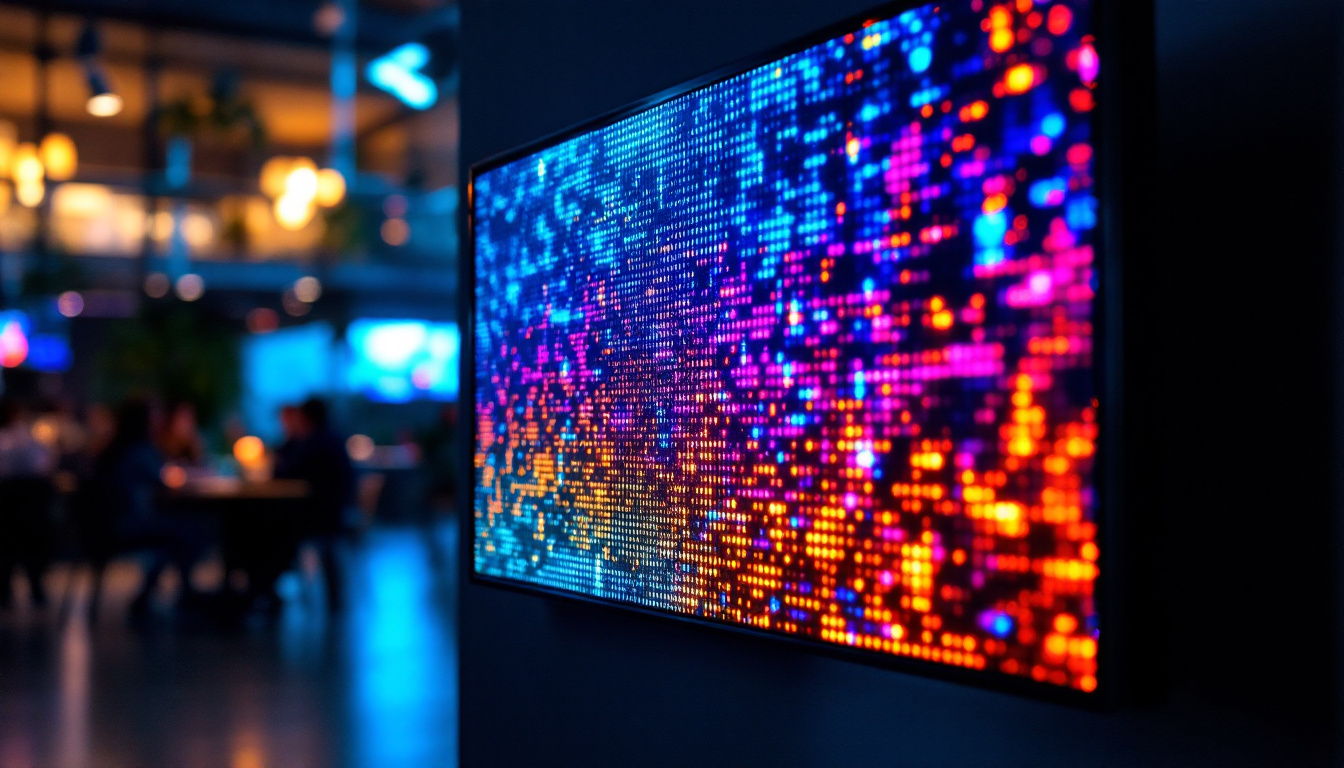In the ever-evolving world of technology, HDMI (High-Definition Multimedia Interface) has become a cornerstone for connecting devices, particularly in the realm of LED displays. HDMI Port 1.4, introduced in 2009, brought significant advancements that enhanced the way users experience audio and visual content. This article delves into the features and benefits of HDMI 1.4, particularly in relation to LED displays, and explores how it has shaped modern viewing experiences.
Understanding HDMI 1.4
HDMI 1.4 was a pivotal upgrade from its predecessors, introducing features that catered to the growing demand for higher resolution and more immersive audio-visual experiences. This version of HDMI supports 4K video resolution, 3D content, and an array of audio formats, making it a versatile choice for both consumers and professionals alike.
Key Features of HDMI 1.4
One of the standout features of HDMI 1.4 is its support for 4K resolution, which allows for video playback at 3840 x 2160 pixels. This resolution is four times that of 1080p, providing a level of detail that is particularly beneficial for large screens and LED displays. Additionally, HDMI 1.4 supports 3D video formats, enabling a more immersive viewing experience for movies and games. The capability to deliver high-quality 3D content has been a game-changer for home theaters, allowing viewers to enjoy films and gaming experiences that feel as if they are part of the action.
Another significant enhancement is the introduction of an Ethernet channel. This feature allows devices to share an internet connection without the need for separate cables, simplifying the setup process for home entertainment systems. Moreover, HDMI 1.4 supports Audio Return Channel (ARC), which enables audio to be sent back from the TV to an audio receiver, eliminating the need for additional cables and ensuring a cleaner installation. This is particularly advantageous for users who wish to streamline their home theater setups while still enjoying high-fidelity sound.
Compatibility and Connectivity
HDMI 1.4 is backward compatible with earlier versions, meaning that devices using HDMI 1.4 can connect to older HDMI ports without issues. This compatibility is crucial for consumers who may have a mix of older and newer devices in their home entertainment systems. Furthermore, HDMI 1.4 connectors come in various forms, including standard, mini, and micro, catering to a wide range of devices from televisions to portable gadgets. The versatility of these connectors ensures that users can enjoy the benefits of HDMI 1.4 across different platforms, whether they are connecting a smartphone to a TV or linking a gaming console to a projector.
Additionally, HDMI 1.4 introduced support for additional color spaces, such as sYCC601, Adobe RGB, and Adobe YCC601, which enhance the color accuracy and vibrancy of the images displayed. This is particularly important for professionals in fields like graphic design and video editing, where precise color representation is critical. The inclusion of these color spaces allows for a more accurate and rich visual experience, making HDMI 1.4 an appealing choice for both casual viewers and industry experts. As technology continues to evolve, the features introduced with HDMI 1.4 have laid a strong foundation for subsequent versions, ensuring that users can enjoy cutting-edge audio-visual experiences for years to come.
The Impact of HDMI 1.4 on LED Displays
LED displays have become increasingly popular due to their superior brightness, contrast, and energy efficiency compared to traditional LCD screens. The integration of HDMI 1.4 has further enhanced the capabilities of these displays, allowing them to fully utilize the advanced features offered by this technology.
Enhanced Picture Quality
With the support for 4K resolution, HDMI 1.4 allows LED displays to showcase content in stunning detail. This is particularly advantageous for large screens, where the clarity and sharpness of images can significantly impact the viewing experience. The ability to display 3D content also adds a new dimension to movies and games, making them more engaging and lifelike.
Moreover, the color depth supported by HDMI 1.4, which can reach up to 48 bits, enables a broader spectrum of colors to be displayed. This results in more vibrant and accurate color reproduction, enhancing the overall visual experience. For professionals in fields such as graphic design and video editing, this feature is invaluable, as it allows for precise color grading and editing. The increased pixel density provided by 4K also means that even when viewed up close, images retain their sharpness, making LED displays ideal for applications in art galleries or design studios where detail is paramount.
Improved Audio Experience
Audio quality is just as important as visual quality, and HDMI 1.4 addresses this with its support for various audio formats, including lossless audio. This means that users can enjoy high-fidelity sound that complements the stunning visuals provided by LED displays. The Audio Return Channel (ARC) feature further simplifies the audio setup, allowing users to connect their sound systems with ease.
For home theater enthusiasts, the ability to transmit high-quality audio alongside video through a single cable is a game changer. It reduces cable clutter and ensures that users can enjoy an immersive audio experience without the hassle of multiple connections. Additionally, HDMI 1.4 supports up to 8 channels of audio, allowing for surround sound setups that can envelop viewers in a rich auditory environment. This is particularly beneficial for gaming and cinematic experiences, where sound design plays a crucial role in storytelling and immersion. The seamless integration of video and audio through HDMI 1.4 not only enhances user convenience but also elevates the overall enjoyment of multimedia content.
Future-Proofing with HDMI 1.4
As technology continues to advance, the importance of future-proofing cannot be overstated. HDMI 1.4 provides a solid foundation for users looking to invest in a home entertainment system that will remain relevant for years to come.
Adaptability to New Technologies
One of the key advantages of HDMI 1.4 is its ability to adapt to new technologies. As more content becomes available in 4K and 3D formats, users with HDMI 1.4-compatible devices can take full advantage of these advancements without needing to upgrade their equipment. This adaptability is particularly important in a rapidly changing technological landscape.
Furthermore, the Ethernet channel included in HDMI 1.4 allows devices to connect to the internet, paving the way for smart features and streaming capabilities. As streaming services continue to grow in popularity, having a connection that supports these features is essential for modern viewing habits. The inclusion of Audio Return Channel (ARC) also enhances the user experience by allowing audio to be sent back from the TV to a soundbar or AV receiver, simplifying the setup and reducing the number of cables needed. This means that users can enjoy high-quality audio without the clutter of multiple connections, making their home entertainment systems not only more functional but also aesthetically pleasing.
Investment in Quality
Investing in HDMI 1.4-compatible devices can be seen as a long-term strategy. While the initial cost may be higher than older models, the benefits of enhanced picture and audio quality, along with the ability to access new content formats, make it a worthwhile investment. Consumers can enjoy peace of mind knowing that their devices will remain functional and relevant as technology evolves. Additionally, the support for deep color and high dynamic range (HDR) in HDMI 1.4 ensures that users experience richer colors and improved contrast, which significantly enhances the viewing experience. This is particularly beneficial for those who appreciate high-definition content, as it allows for a more immersive experience that can bring movies, games, and shows to life in ways that standard formats simply cannot.
Choosing the Right HDMI 1.4 Cables
Not all HDMI cables are created equal. When utilizing HDMI 1.4 technology, selecting the right cables is crucial to ensure optimal performance. Understanding the differences between various cable types can help consumers make informed decisions.
Types of HDMI Cables
HDMI cables come in several varieties, including Standard, High Speed, and Premium High Speed. For HDMI 1.4, it is recommended to use High Speed cables, as they are designed to handle the increased bandwidth required for 4K and 3D content. These cables are capable of transmitting data at speeds up to 10.2 Gbps, ensuring a seamless viewing experience.
Premium High Speed cables offer even greater performance, supporting higher resolutions and refresh rates. These cables are ideal for users who want to future-proof their setup and ensure compatibility with upcoming technologies. Investing in quality cables can make a significant difference in the overall performance of an HDMI 1.4 system.
Length and Installation Considerations
When choosing HDMI cables, length is an important factor to consider. Longer cables can lead to signal degradation, so it is advisable to keep cable lengths as short as possible. If longer runs are necessary, using active HDMI cables or signal boosters can help maintain signal integrity.
Proper installation is also key to achieving the best performance from HDMI 1.4. Ensuring that connections are secure and that cables are routed away from potential interference sources, such as power cables, can help prevent signal loss and maintain high-quality audio and video output.
Conclusion
HDMI Port 1.4 has revolutionized the way users connect and experience audio-visual content, particularly with LED displays. Its support for 4K resolution, 3D content, and advanced audio formats has set a new standard for home entertainment systems. As technology continues to evolve, HDMI 1.4 remains a relevant and valuable option for consumers looking to enhance their viewing experiences.
By understanding the features and benefits of HDMI 1.4, as well as the importance of choosing the right cables and devices, users can make informed decisions that will serve them well in the years to come. Whether for casual viewing or professional use, HDMI 1.4 provides the tools necessary to enjoy high-quality audio and video in today’s digital age.
Discover the Future of Visual Experience with LumenMatrix
Ready to elevate your audio-visual experience with the latest in LED display technology? Look no further than LumenMatrix, a pioneer in crafting immersive and dynamic LED display modules. From the comfort of your home to the vibrancy of outdoor settings, our range of solutions, including Indoor and Outdoor LED Wall Displays, Vehicle LED Displays, and more, are designed to transform your visual storytelling. Embrace the future of digital signage with LumenMatrix and create unforgettable visual experiences that resonate with your audience. Check out LumenMatrix LED Display Solutions today and step into a world where clarity and innovation meet.








